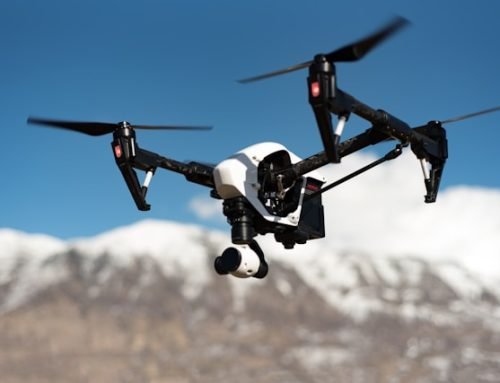Exploring the Cutting-Edge of Drone Technology
Exploring the Cutting-Edge of Drone Technology

In the rapidly evolving landscape of technology, drones have emerged not only as popular gadgets but also as indispensable tools across various industries. As we step into 2024, the latest advancements in drone technology promise to revolutionize fields from agriculture to entertainment and beyond.
Autonomous Navigation and AI Integration
One of the most significant developments in 2024 is the enhanced autonomy of drones. Powered by sophisticated artificial intelligence (AI) algorithms, drones can now navigate complex environments with minimal human intervention. This advancement is particularly crucial for applications in surveillance, search and rescue operations, and infrastructure inspection. AI enables drones to make real-time decisions based on environmental data, ensuring more precise and efficient operations.
Extended Flight Durations and Energy Efficiency
Improvements in battery technology have significantly extended the flight durations of drones. In 2024, drones can stay airborne for extended periods, making them more suitable for tasks that require prolonged monitoring or large area coverage. Furthermore, advancements in energy efficiency have reduced the overall operational costs of drones, making them economically viable for both commercial and industrial use.
Sensor Fusion and Imaging Capabilities
The integration of advanced sensors and imaging technologies has transformed the capabilities of drones in data collection and analysis. High-resolution cameras, thermal imaging sensors, LiDAR (Light Detection and Ranging), and hyperspectral cameras are now standard features in many drones. These sensors enable drones to gather detailed and precise information across various spectra, supporting applications in agriculture (crop monitoring), environmental monitoring, and disaster response.
Swarm Technology
In 2024, swarm technology has emerged as a game-changer in the drone industry. Swarm drones operate collaboratively as a cohesive unit, leveraging collective intelligence to perform complex tasks efficiently. This technology is particularly beneficial in scenarios requiring rapid response, such as disaster management, where swarm drones can autonomously survey large areas and coordinate search efforts.
Regulatory Developments
As drone technology advances, regulatory frameworks are also evolving to ensure safe and responsible integration into airspace. In 2024, regulatory bodies worldwide are adapting policies to accommodate the growing use of drones while addressing concerns related to privacy, security, and airspace management. These regulations aim to foster innovation while mitigating risks associated with drone operations.
Commercial Applications
Commercial applications of drones continue to expand in 2024 across various sectors. In agriculture, drones equipped with AI and multispectral imaging help farmers optimize crop management practices, leading to increased yields and reduced environmental impact. In logistics, drones are being tested for last-mile delivery, promising faster and more efficient transportation of goods. Moreover, in entertainment and media, drones are used for aerial cinematography, providing breathtaking perspectives that were once only possible with expensive equipment.


